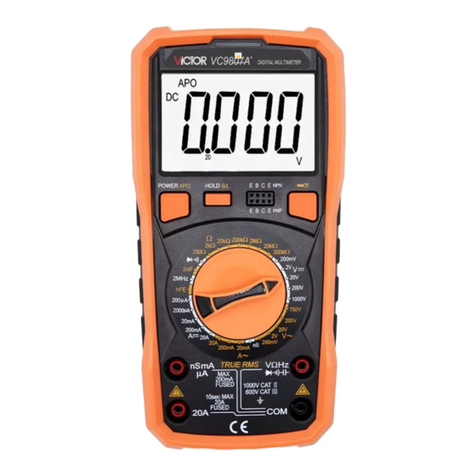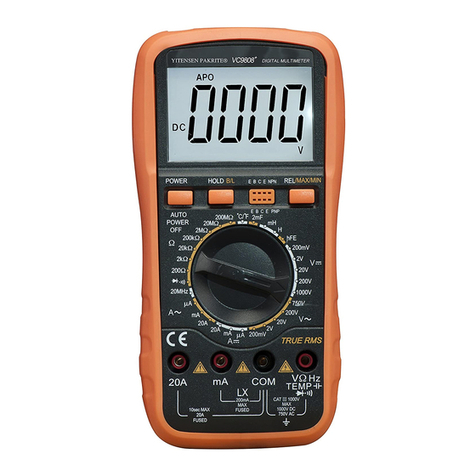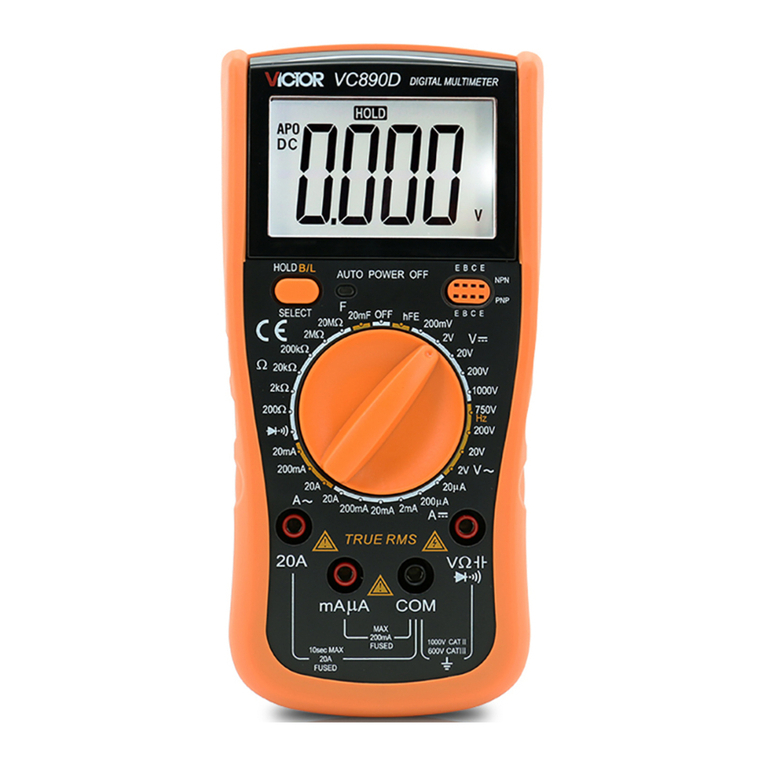Victor 6056B User manual
Other Victor Multimeter manuals

Victor
Victor VC921 User manual
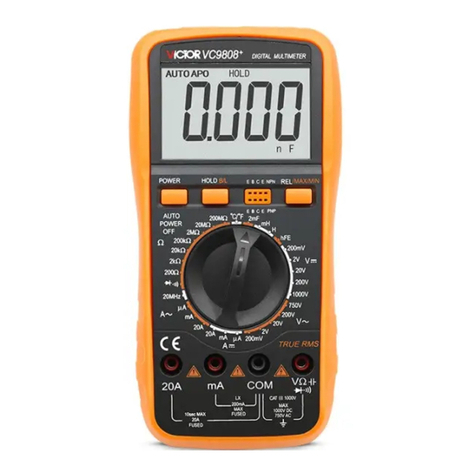
Victor
Victor VC9808plus User manual
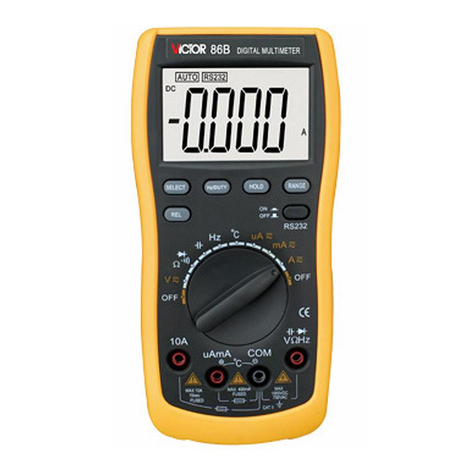
Victor
Victor 86B Parts list manual
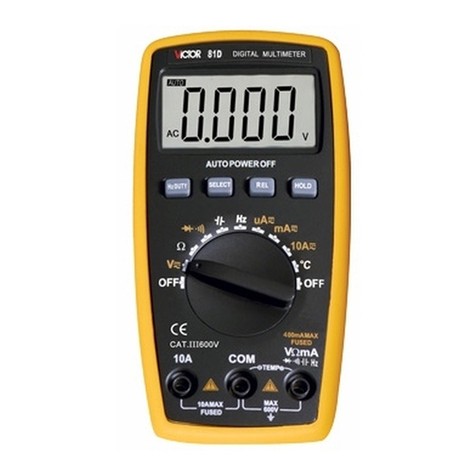
Victor
Victor 81D User manual

Victor
Victor 8165 User manual
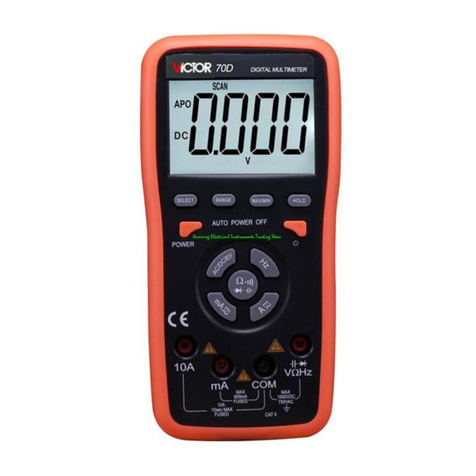
Victor
Victor 70D User manual

Victor
Victor 8145B User manual
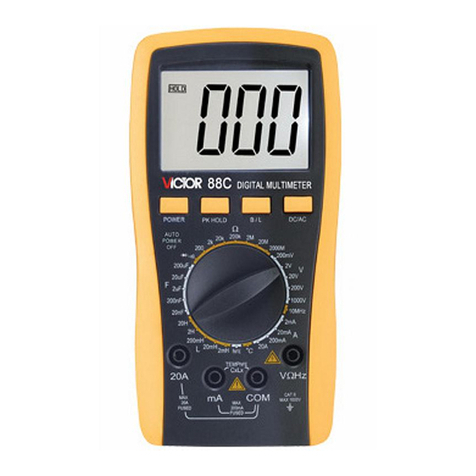
Victor
Victor 88C User manual
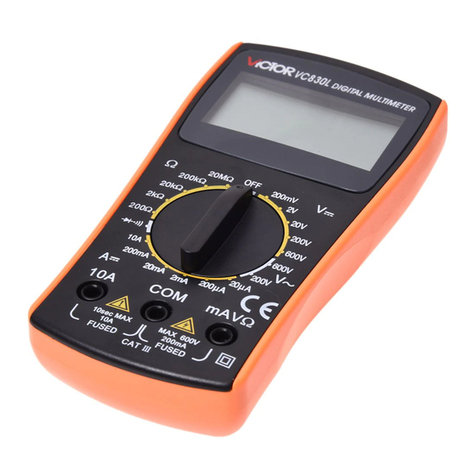
Victor
Victor VC830L User manual

Victor
Victor VC9808 User manual
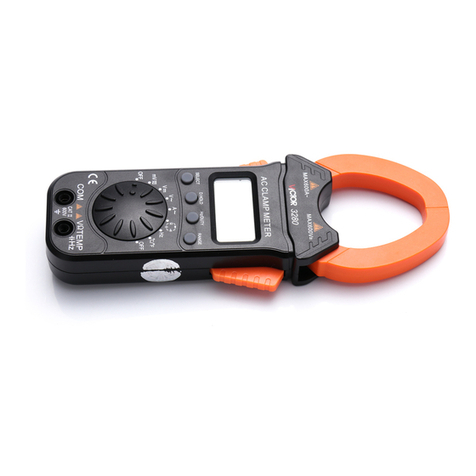
Victor
Victor VC3280 User manual

Victor
Victor 6000counts User manual

Victor
Victor 81D User manual

Victor
Victor 6000counts User manual

Victor
Victor VC97 User manual
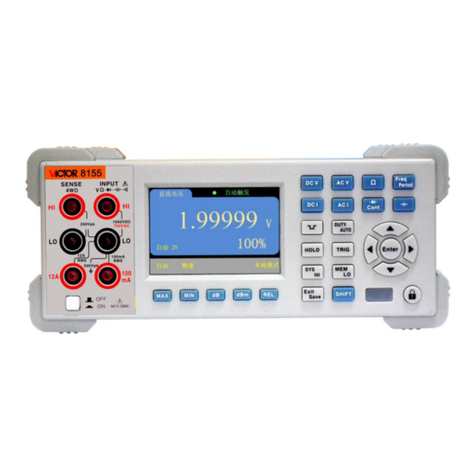
Victor
Victor 8155 User manual
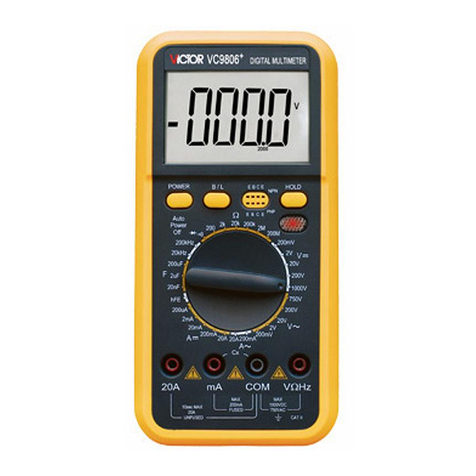
Victor
Victor VC9806+ User manual
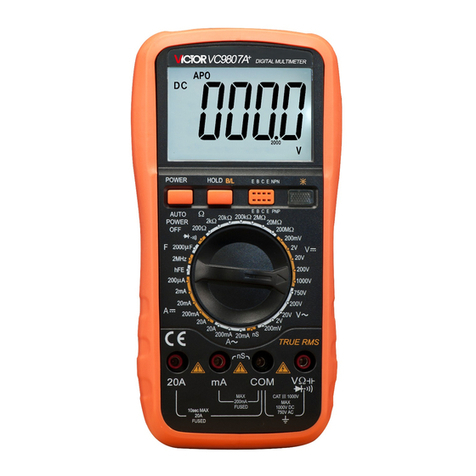
Victor
Victor VC9807A+ User manual

Victor
Victor 81A User manual
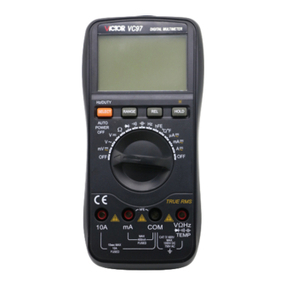
Victor
Victor VC97 User manual

